Akteneinsicht
Gobelins im Zeeuwse Museum in Middelburg in der niederländischen Provinz Zeeland haben den Anstoß zur Bildserie “Akteneinsicht” gegeben. Ein Freund und Kollege hat sie empfohlen. Der innere Kern der Gobelins vermittelt die Geschichte der Seeschlachten von 1622 zwischen den Holländern und Ihren spanischen Besatzern. Diese Kern-Geschichte wird durch eine Bordüre gerahmt, die auf Spender, Honoratioren und Machtverhältnisse verweist. Das Wechselspiel zwischen einer Bild-Geschichte und dem Kontext, den ein Rahmen erzwingt, versucht “Akteneinsicht” nachzuspielen.
“Akteneinsicht” erinnert auch an das Informationsfreiheitsgesetz, das jedem die Einsicht in behördliche Akten erlaubt. Mit der Abwicklung der Stasi als Bespitzelungsbehörde der DDR hat das Informationsfreiheitsgesetz eine neue Bekräftigung in Deutschland erfahren. Dem gegenüber steht das Recht auf den Schutz von personenbezogenen Daten, das unter anderem Unternehmen, die private Daten nutzen, dazu verpflichtet, den Menschen Auskunft über ihre angesammelten Daten zu geben.
“Akteneinsicht” übernimmt den formellen Kontext dieser beiden Pole und mengt sie in eine umfangreiche Serie von 120 Bildern. Sie sind in 8 Dossiers von jeweils 15 Akten geordnet. Für dieses Buch sind den Dossiers kurze Texte vorangestellt. Sie sind kleine Reminiszenzen an Personen und Ereignisse und deuten einige der Interessenfelder an, über die im Laufe der Produktion der Serie nachgedacht wurde: Dossier 1 - Unabhängigkeitskampf im Goldenen Zeitalter, Dossier 2 - Die Essener Songtage, Dossier 3 - Das Studio für elektronische Musik und das Studio Akustische Kunst, Dossier 4 - Gallerien und Kunst- und KünstlerInnenförderung, Dossier 5 - Kunst und Markt, Dossier 6 - Beat Club, Rockpalast und John Peel, Dossier 7 - Kunst und Forschung, Dossier 8 - Lousiana, Kröller-Müller und Voorlinden.
Die Bilder der Serie Akteneinsicht werden in zwei Formaten realisiert: wandfüllende Drucke von 4,30m mal 2,30m auf Vinylplane, mit Ölfarbe übermalt und Inkjetdrucke auf Papier im Format 65cm x 35 cm, lackiert und ebenfalls mit Ölfarbe übermalt.
Access to data
Gobelins in the Zeeuwse Museum in Middelburg in the dutch province of Zeeland have given the impetus for the series of images “access to data”. They were recommended by a good friend and colleague. The inner core of these tapestries tells the story of the naval battles of 1622 between the Dutch and their Spanish occupiers. The core is framed by a border that refers to donors, dignitaries and power relations. ”Access to data” tries to re-enact the interplay between a picture story and the context enforced by a frame
“Access to data” is also reminiscent of the Freedom of Information Act, which allows everyone to inspect official files. With the liquidation of the Stasi as an spying organisation in the GDR, the Freedom of Information Act received a new reinforcement in Germany. On the other hand, there is the right to the protection of personal data, which obliges companies that use private data, among other things, to provide people with information about the data that has been collected.
“Access to data” takes the formal context of these two poles and weaves them into an extensive series of 120 images, arranged in 8 dossiers, each containing 15 files. For the purpose of this book, the dossiers are preceded by short texts. They are small reminiscences of people and events and indicate some of the fields of interest that were thought about in the course of the production of the series.
The images of the “access to data” series are realised in two formats: wall-filling prints of 4.30 m by 2.30 m on vinyl, manually enriched with an oil paint drawing, as well as inkjet prints on paper in the format 65 cm x 35 cm, varnished and covered with an oil-paint drawing
Beispiele: Inkjetdrucke auf Papier im Format 65 cm x 35 cm, lackiert und mit Ölfarbe übermalt.
Examples: Inkjet prints on paper in the format 65 cm x 35 cm, varnished and manually covered with an oil paint drawing.
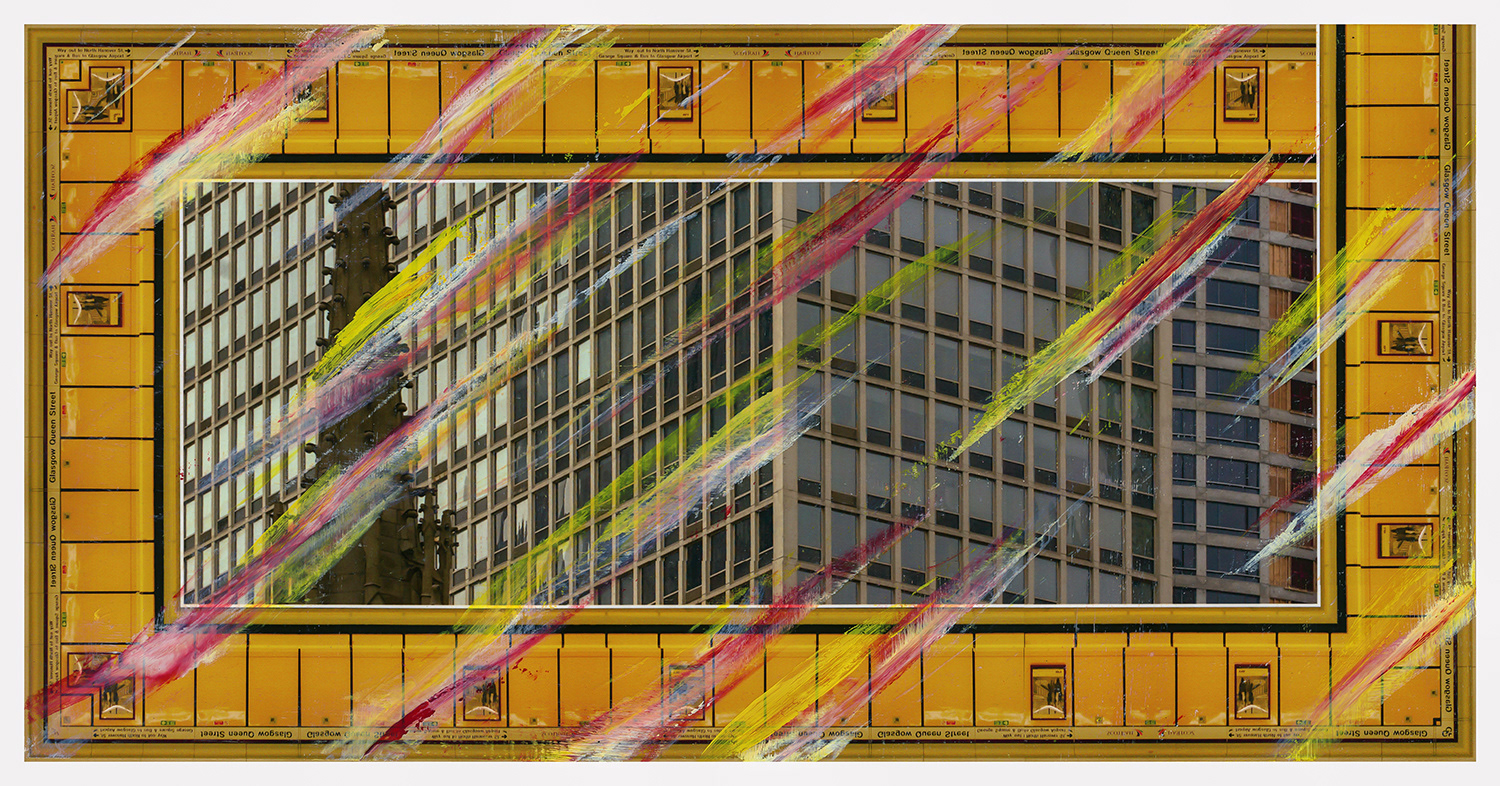

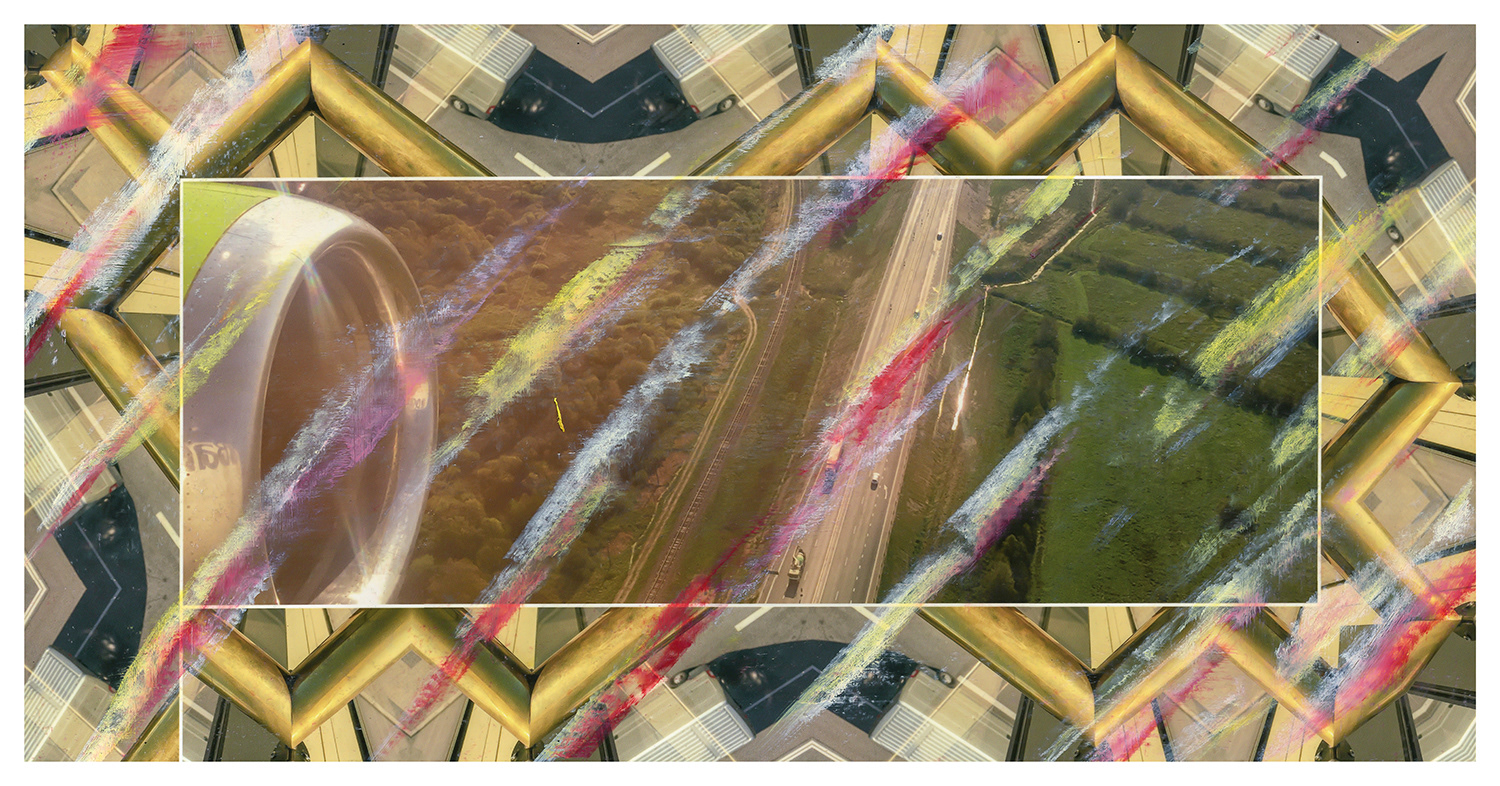

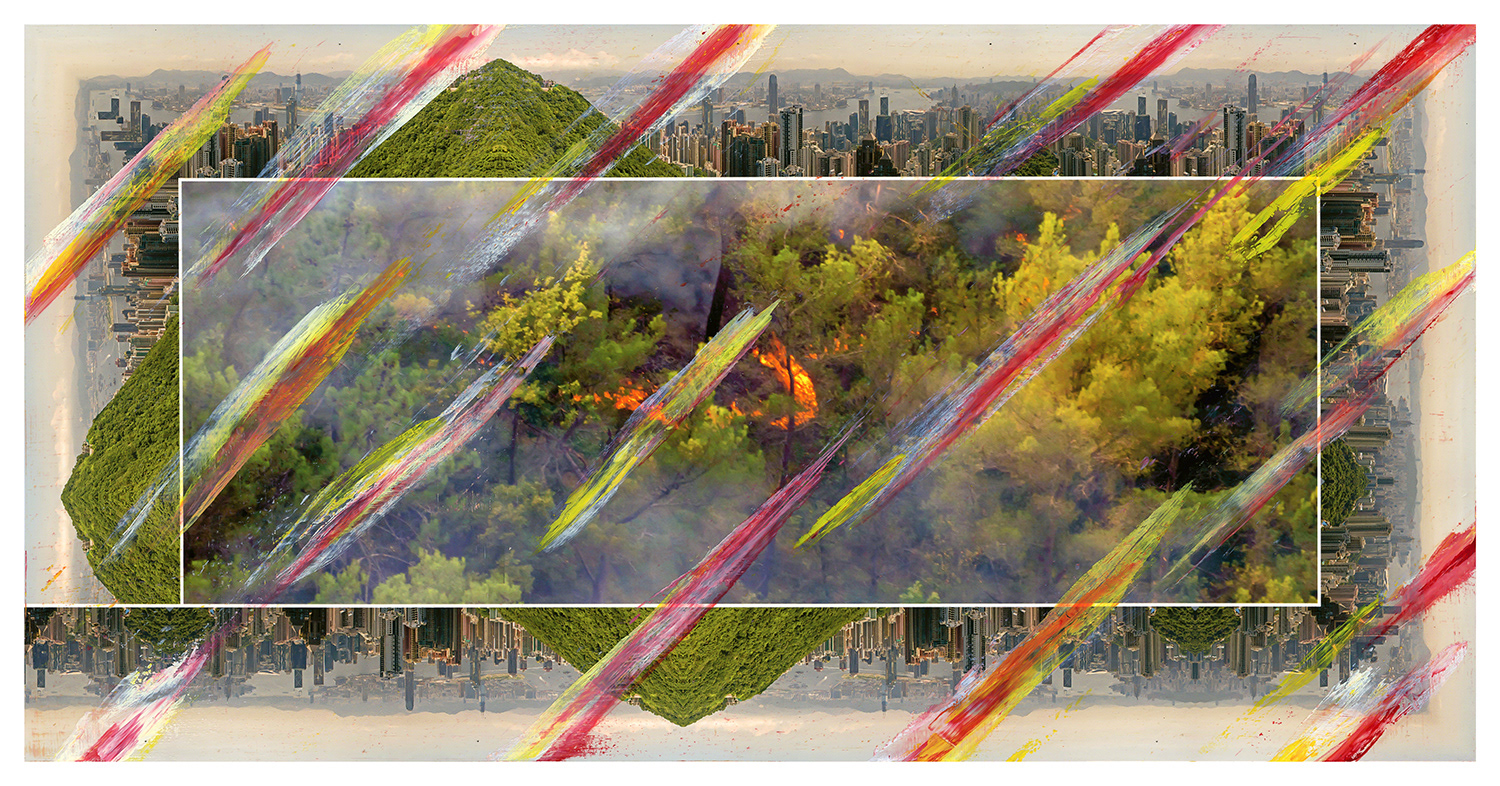




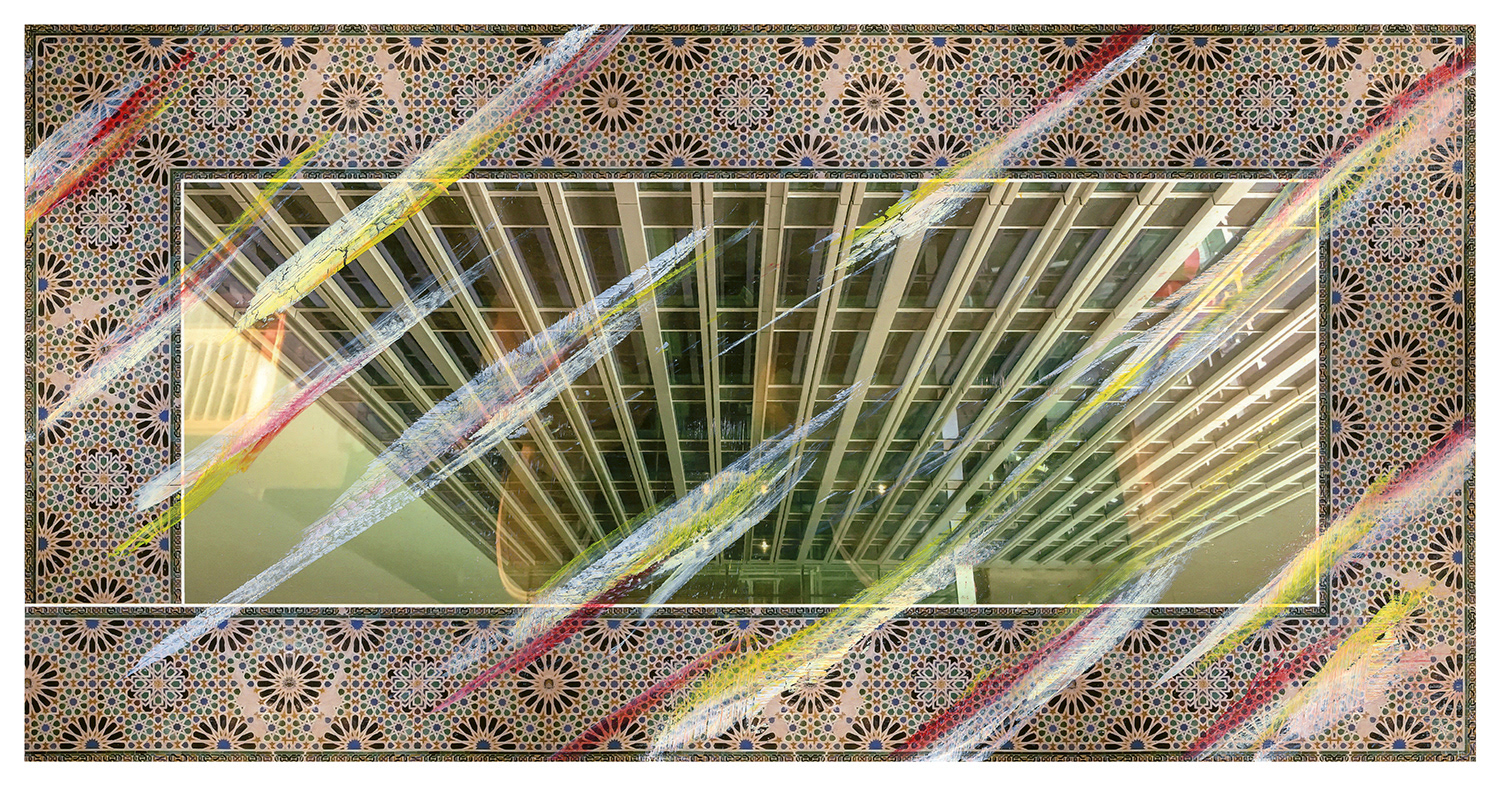


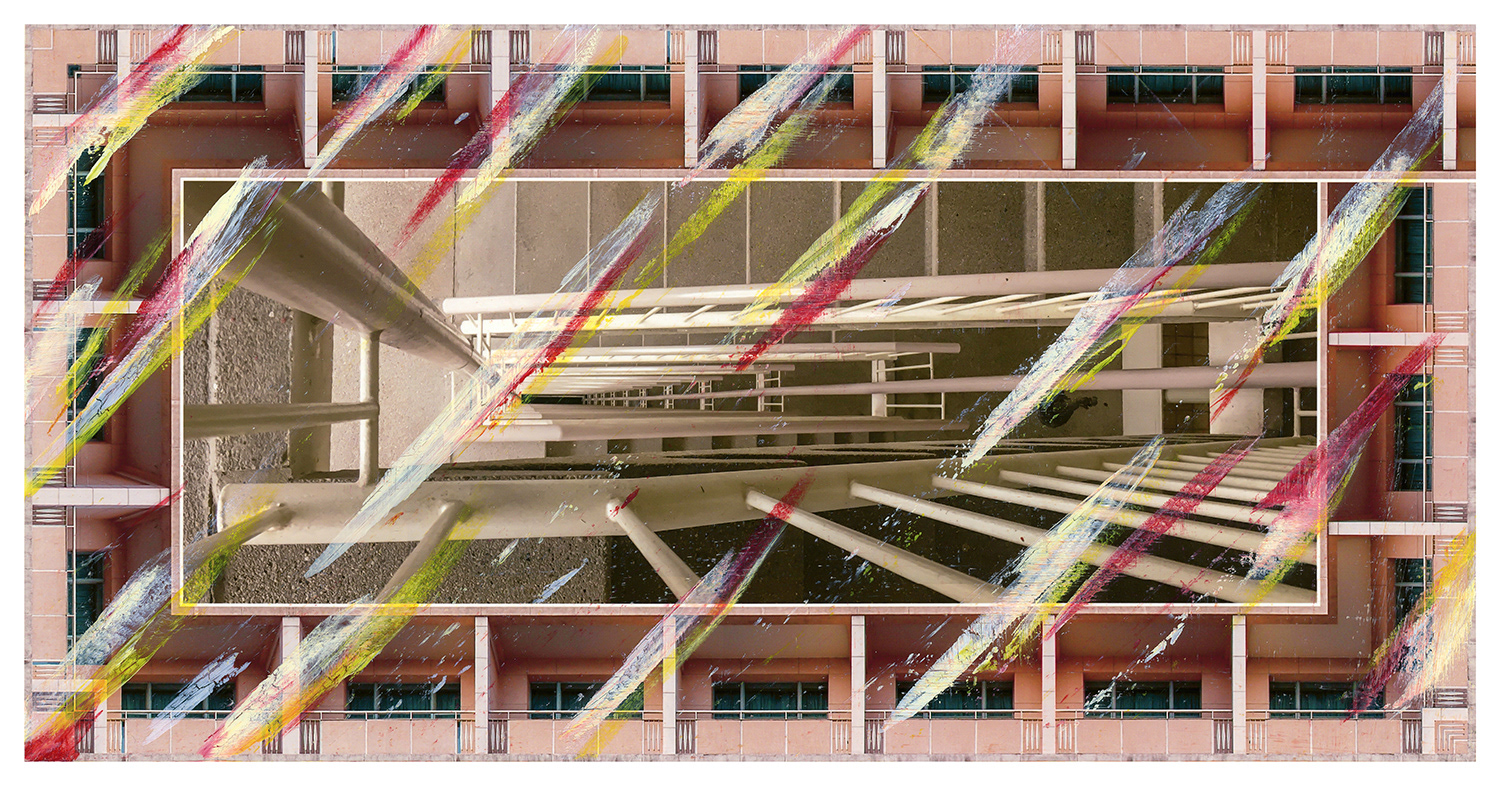
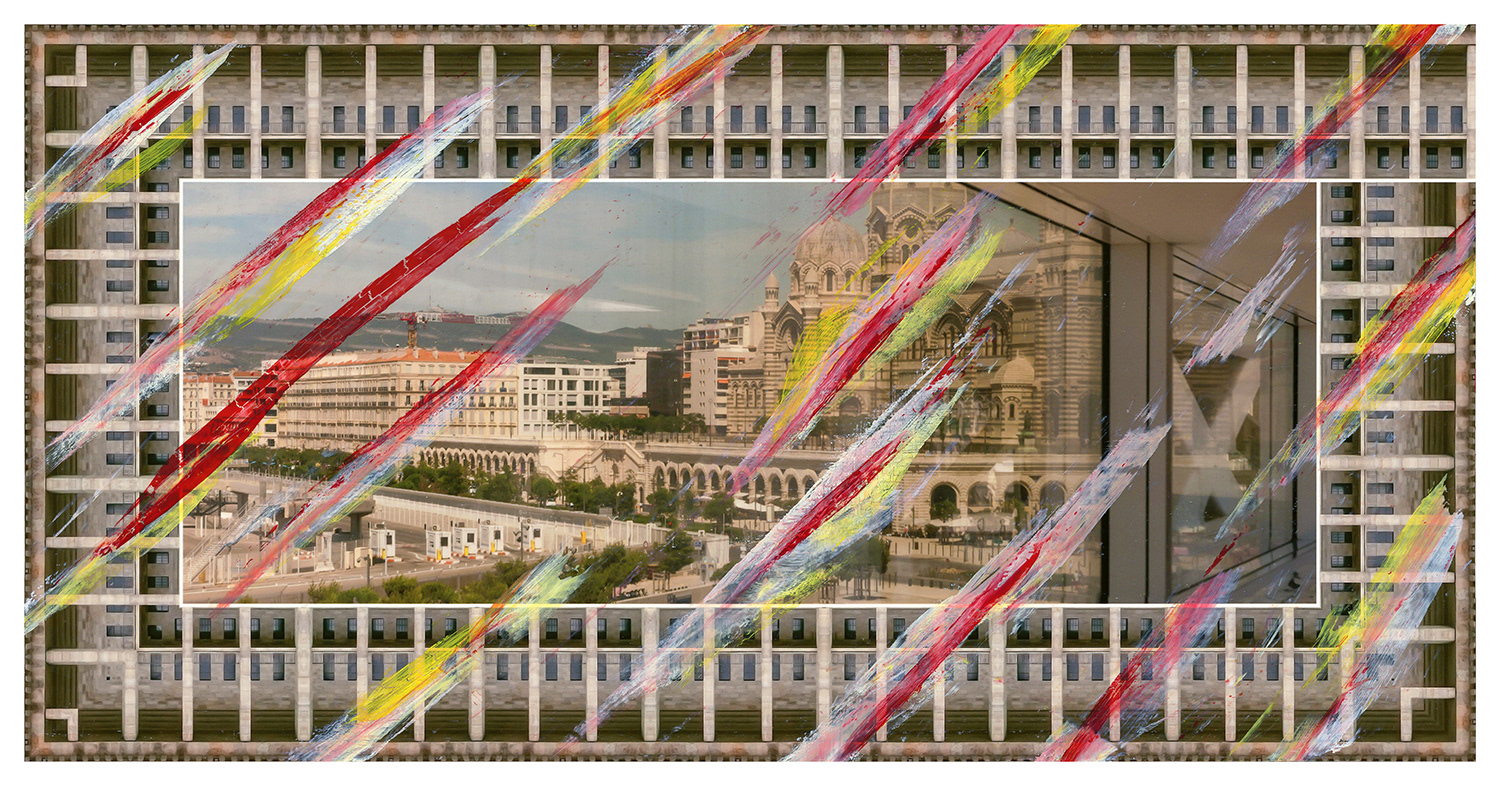
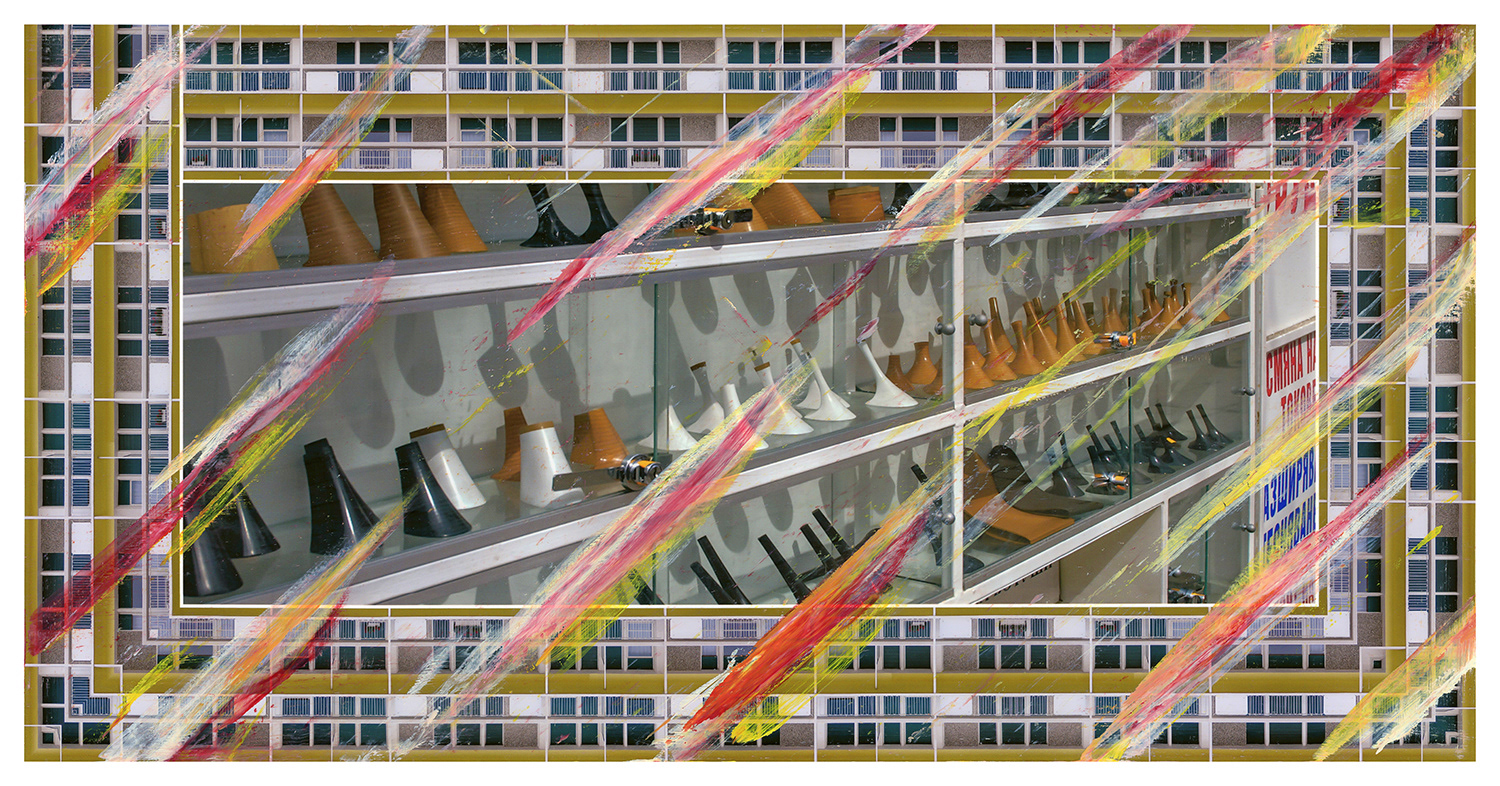
Alle 120 Bilder der Serie “Akteneinsicht” sind in einem Buch in A5 Format gesammelt, in 8 Dossiers sortiert, mit jeweils 15 Akten, inklusive der kurzen Reminiszenz Texte, bald erhältlich im Shop.
All 120 images of the series “access to data” are collected in a book in A5 format, sorted into 8 dossiers, each with 15 files, including the short reminiscence texts, soon available in the shop.